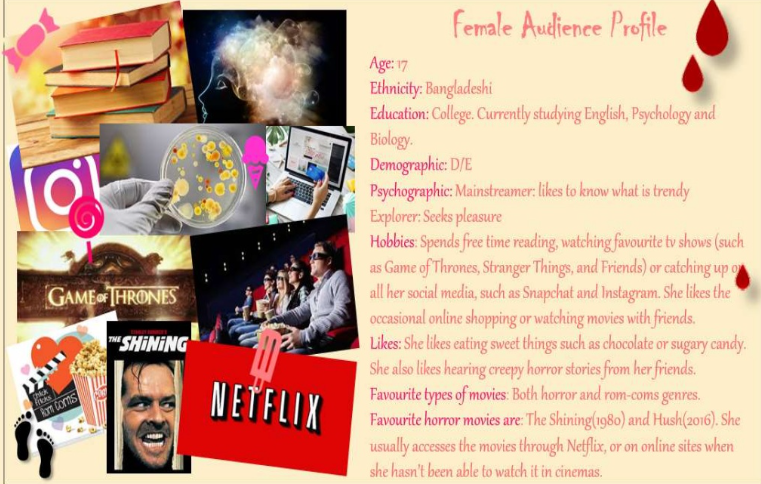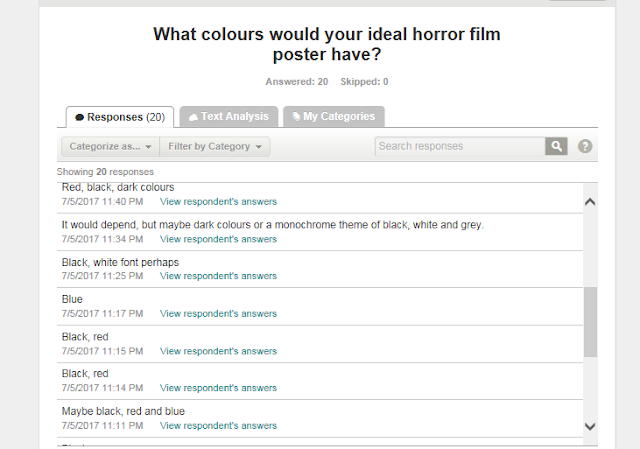- Usually a voice over is included which is a make voice to create suspense. This could include the release date of the film or the 'coming soon' phrase. It gives some hints to the plot of the film and the emotions of the character.
- Music is used to suit the genre. For example high-pitched, scary and tensed music. Eerie and sinister music to create a scary atmosphere.
- Sound FX is used, for example the smashing of glass. The conventional high-pitched scream and panicked whispers are used, such as in the trailer for 'The Woman in Black'.
- Commonly used dialogues such as 'who's there?' or 'No!' and 'help me'. We could use this in our product as our character needs help from herself - she doesn't realise she's the killer until she finds out at the end.
- Microphones are used to record the sound and voices.
- The sound from the footage of the film is edited out to use for the trailer.
- Some of the best bits are given away just a little to attract the viewers.
- Not all of the narrative and plot is given away.
- And enigma code left at the end of the trailer to keep the audience anticipated and eager to watch the film.
- Usually the length of the radio trailer is a minute or under.
How has this helped me?
I can follow these conventions in my ancillary product and challenge some of them. For example, I may choose to challenge the convention of having speech screaming 'No' or 'Who's there' or 'Help me' by not using it and making my radio trailer effective in another way. Another one i may choose to challenge is the male narrator - I may choose to usee a female voice to connote suspense and tension instead.
The conventions I may choose to use are having 'coming soon' at the end and a release date for my film.



























